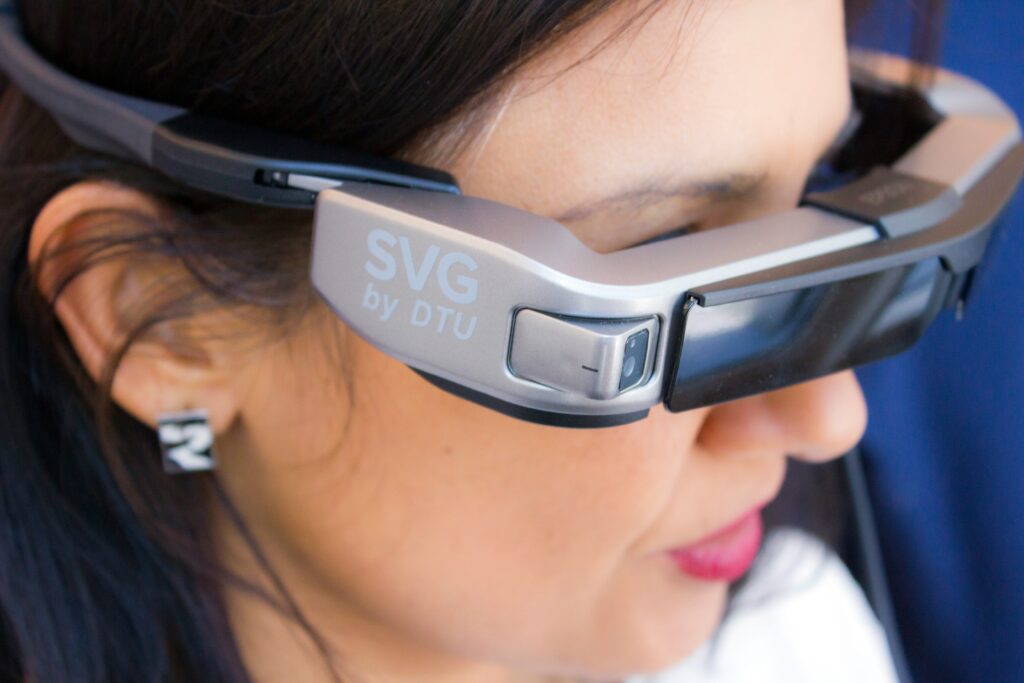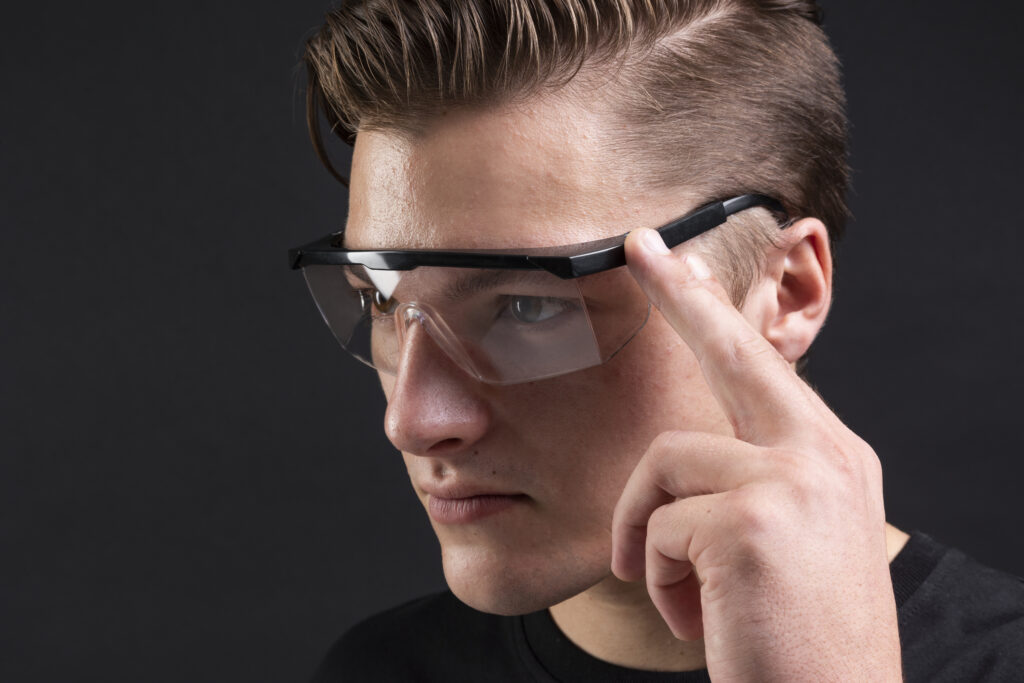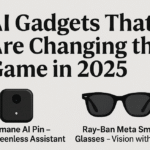A decade ago, the idea of wearing computer-powered glasses felt like science fiction. Google Glass made headlines in 2013 but fizzled out due to privacy concerns and limited functionality. Fast forward to 2025, and smart glasses are staging a serious comeback — sleeker, smarter, and more user-friendly than ever.
But the big question remains: Are smart glasses finally ready for the mainstream?

👓 What Are Smart Glasses?
Smart glasses are wearable devices that combine traditional eyewear with digital technology. Depending on the model, they may include:
- Built-in displays or projection
- Voice assistants
- Audio speakers and microphones
- Cameras and gesture controls
- Augmented reality (AR) overlays
Unlike bulky VR headsets, smart glasses aim for everyday usability — blending style with function.
🔥 What’s Driving Their Resurgence?
1. Better AI Integration
Modern smart glasses are powered by AI assistants that are contextual and conversational. Devices like the Ray-Ban Meta Smart Glasses now support real-time image recognition, language translation, and personalized assistance — all hands-free.
2. Improved Design
Today’s smart glasses look like… well, glasses. Gone are the chunky frames. Brands like Ray-Ban, Xiaomi, and Solos offer fashionable, lightweight models that you’d be happy to wear in public.
3. Usefulness Without a Screen
Some devices, such as Humane’s AI Pin and similar glasses concepts, skip visual displays entirely. Instead, they rely on voice, audio, and gesture feedback — appealing to users who want tech without constant screen time.
🔍 Top Players in 2025
📷 Ray-Ban Meta Smart Glasses (2nd Gen)
- Co-developed with Meta (Facebook)
- Voice-controlled with Meta AI
- 12MP camera, livestreaming support
- Great audio for calls and music
🔊 Solos AirGo 3
- Open-ear audio for music, GPS, and calls
- Replaceable frames with customizable lenses
- Fitness tracking and navigation support
🧠 Xiaomi Mijia Smart Glasses
- AR overlay for real-time navigation and translation
- Built-in teleprompter and AI voice control
- Aimed at developers and early adopters
🤔 Are They Really “Mainstream” Yet?
Not quite. While tech enthusiasts and professionals are adopting them, smart glasses are still at the “early adopter” phase for several reasons:
⚠️ Barriers to Mass Adoption
- Battery life is often limited to a few hours
- Privacy concerns over hidden cameras still linger
- Price points can range from $300 to $800+
- App ecosystem remains limited compared to smartphones
💡 Where Smart Glasses Shine Today
- Cycling and running (hands-free navigation and stats)
- Vlogging and livestreaming (POV recording)
- Real-time translation during travel or meetings
- Accessibility for visually impaired users with AI narration
- Remote work with voice assistants and AR prompts
🧭 The Road Ahead
The evolution of smart glasses mirrors that of the smartwatch — once niche, now nearly essential. With giants like Apple, Samsung, Meta, and Google working on new iterations (and rumors of Apple Vision Lite swirling), the next few years could be a tipping point.
Smart glasses are no longer a gimmick — they’re becoming an extension of your digital life, without the distraction of a screen in your hand.
✨ Final Verdict
Smart glasses aren’t fully mainstream — yet — but they’re well on their way. As AI becomes more powerful and hardware more compact, expect to see more people wearing their tech instead of carrying it.
Would you wear smart glasses? Tell us in the comments below — and don’t forget to subscribe for the latest in wearable tech trends!



